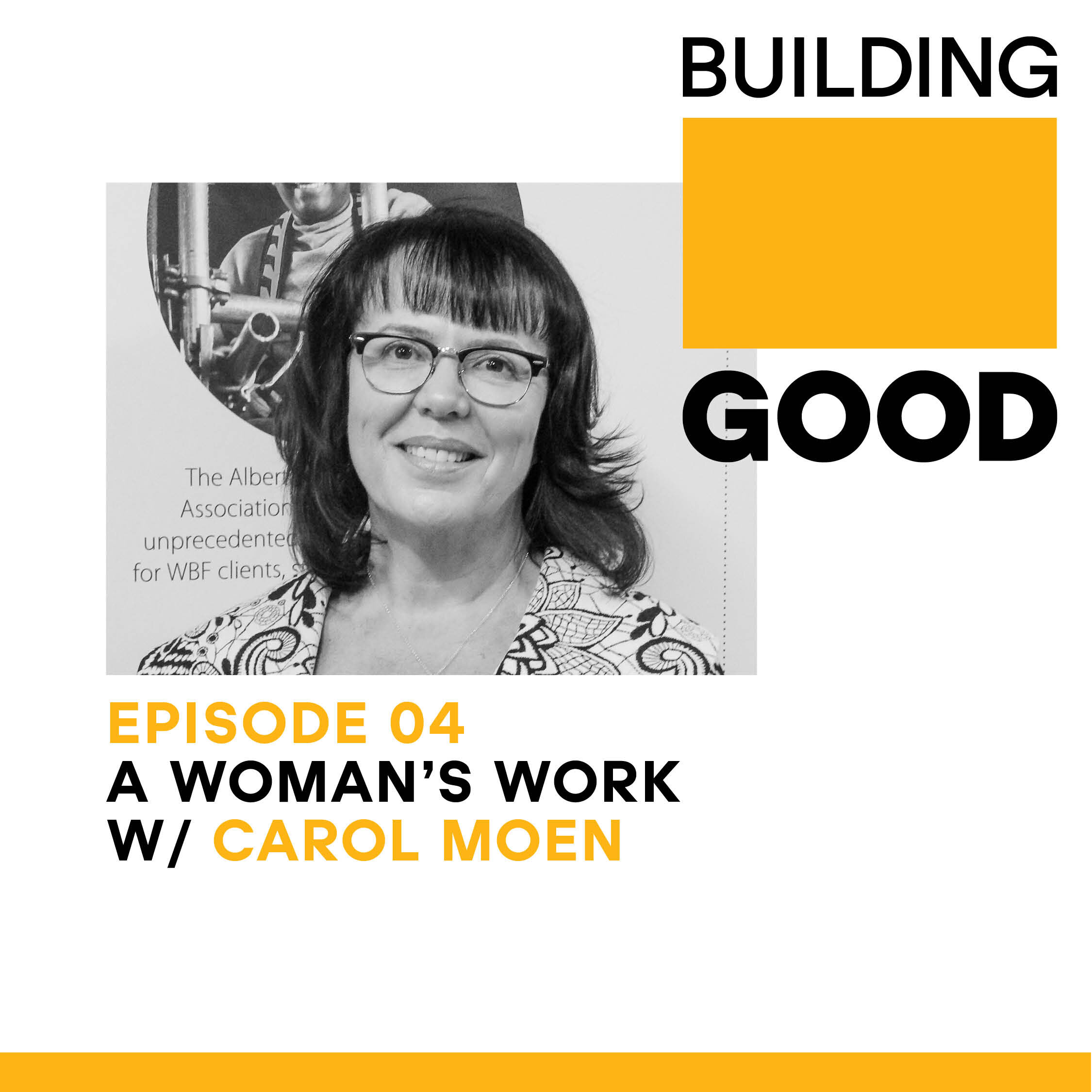Which Zoom Recorder Should You Buy?
We publish Vocal Fridays every week, straight to your inbox.
Subscribe below to get it straight outta the frying pan!
Assuming that all has gone to plan, I am somewhere on the Bruce Peninsula on Lake Huron right now. It is beautiful, probably. As I write this, in the past, I still don’t know, because this will be my first time visiting.
Today on the Big Fry, it’s a battle of the Zooms. We talk about why Long & McQuade should be your best friend, and the difference you’ll see between an H5 and an H6.
I hope I’m hearing sounds sweet enough to capture, and I hope you are too.
Emily and Katie, over to you!
...And no, we don’t mean the one where you constantly forget to unmute.
Stocking up on your own audio recording equipment is a big commitment. Recorders start at a couple hundred bucks, and on top of that, you need mics, cables, stands, headphones… It's a lot!
One of the advantages of doing journalism school (or any other kind of post-secondary broadcast/media production training) is that you usually have access to free equipment rentals. I have never been the kind of person who can just pick up a new tool or piece of equipment and feel comfortable using it right away. I need a lot of time and guidance before I get the hang of something, whether it be a camera or an audio recorder or a computer. Being able to take out whatever equipment I needed, pretty much whenever I wanted, meant I was able to play around with all sorts of different tools and figure out what works best for me.
When I graduated, I knew I would need to invest in my own subscription to Adobe Audition if I wanted to keep editing, which I did. It’s a monthly payment of about $30 (charged in USD so it fluctuates) which didn’t feel like as big of a financial commitment as paying a big lump sum all at once.
Which is what I thought I’d have to do when I needed to buy a recorder, microphones and other accessories that would allow me to keep recording.
But, here’s the thing… you don’t!
If you’re lucky enough to live in a city with a Long & McQuade, they are knowledgeable, helpful, and have very reasonable rental rates. Let’s say you wanted to take out equipment for a week. You could get a Zoom H5 for $19, a Shure SM58 Dynamic microphone for $8, Sennheiser headphones for $10, and a desktop stand for $2. You’d need an XLR cable in this situation, but those cost anywhere from $10-$25+ to buy and aren’t listed as rentals on the website.
So you’d be looking at spending about $40 in rentals for equipment that, all together, would likely cost upwards of $500. All of which is to say: when you’re starting out, don’t worry about buying everything all at once! Long & McQuade also offers financing and rent-to-own programs. They’re not giving us any money to say this, we just love them a lot.
The reason I want to talk about Zoom recorders is because they’re great for when you’re starting out. They record high-quality sound when you use a decent microphone. Price-wise, they’re cheaper than Marantz recorders, and personally, I find them more user-friendly, too.
But which one is right for you? I polled the Vocal Fry staff to see what my colleagues thought about the different models:
H1/H1N ($160)
My first recorder was an H1, which… might not exist anymore. I don’t find it especially useful for recording anything that’s going to be broadcast—I ended up using it more for interviews for stories I was writing, rather than podcasts. They’re good for streeters, or if you only need to hear the guest, and not the interviewer. At $160, the price point is more accessible than some of the more advanced recorders, but you would need accessories, like a microphone and table stand, if you want to get good audio out of it. The H1N has a built-in X/Y microphone that does the trick, but I don’t find it sounds as good as an external mic. They also do not have XLR outputs, so you’d need to find a microphone that would work with a ⅛ inch cable.
TL;DR: Good for low-stakes recording, won’t play a big role in your podcasting kit.
H4N ($300)
This is a solid entry level recorder, with a built in X/Y microphone, and lines out to connect external mics. Vocal Fry principal Katie Jensen and producer Ren Bangert find it has a bit too much body noise, but you can definitely use it for streeters, a sit-down podcast interview, or doing line-in recordings from a soundboard in live audio settings. At $300, it’s definitely still a big investment, and can get the job done, but the quality won’t be as good as the H5 or H6.
H5 ($400)
I ended up buying the H5 when I was ready to bite the bullet, and this little workhorse has gotten me through lots of different pandemic recording situations. I’ve used it to record myself in my bedroom, to record other people in their basements, to record line-in from a soundboard, and as a USB-interface on my computer (which makes me sound AMAZING on the Other Zoom). It’s smaller than the H6, making it more practical for streeters. It also has a built-in X/Y mic, but you can swap it out if you want to add on two more external microphones.
Before I bought my recorder, I had used the H6 the most, and, as we’ll talk about in a moment, there is a LOT to love about the H6. However, the price difference is big enough that the H5 made more sense for me. It helped that I bought a floor model on sale (again, thanks L&M!), but usually they go for about $400.
To quote producer Max Collins, “The H6 is a holiday dinner with turkey, gravy, and mashed potatoes; the H5 is a picnic lunch.”
H6 ($470)
NOW we’re getting into the creme-de-la-creme of recorders. The holiday dinner, if you will. It has 4 outputs and a big, colourful screen so you can really see what you’re doing. In terms of monitoring, I’ve found the H6 is usually the easiest, because I can actually see the levels well. It’s perfect for a sit-down-interview, and will handle three to four people easily. That said, it’s pretty heavy and bulky, so it’s not great for streeters. At $470, they’re still not quite as expensive as a Marantz, but certainly aren’t cheap.
Whatever you go for, whether you buy or rent, make sure you save your receipts so you can claim the expense on your taxes!
Indigo is hiring an associate editor! It’s a 12-month contract and it looks pretty cool, though no salary is disclosed in the posting. We work with Indigo on Well Said, so we get to read future bestsellers before anyone else does. If you were the kind of kid who stayed up late reading books under the covers with a flickering flashlight, check this one out.
Bell Canada has a whole whack of openings across the country right now: a content producer in Montreal, a production assistant in Calgary, a CTVNews digital content editor in Toronto, and a multi-skilled associate producer in Vancouver. Various closing dates, so click through to check out whichever one caught your eye.
The Globe and Mail is hiring a general assignment weekend reporter for their Toronto newsroom. It’s a full-time position and you’d work Wednesday through Sunday!
CBC North is hiring a full-time current affairs reporter/editor in Whitehorse. August 12 is the closing date for that one.
Anansi Content in BC is hiring a content strategist (kind of journalism-adjacent) Their listing says “We are a BIPOC-led SUPER diverse team spread over 3 countries, and we’re extremely LGBTQA+, weird, and nerd-friendly.” Sounds like a fun place to work, if you ask me.
NEWS 1130 in Vancouver is looking for a part-time anchor reporter! Very cool opportunity for people looking for on-air experience.
Vancouver Island University is hiring a writing and journalism professor. Regular, part-time, and based in their Nanaimo campus.
Transmitter Media is hiring a senior producer for New York-based peeps. It’s a full time gig and pays $90-95k/year USD.
Bell Canada is hiring a freelance data journalist for CTVNews.ca, they want a writer who thrives on analyzing datasets, and can generate original stories. If that sounds like you, get your applications in by August 13.
Associate producer Kattie Laur is currently listening to By The Book, a hilarious yet insightful critique on how people tell others to live their lives. In each episode, culture critic Kristen Meinzer and comedian Jolenta Greenberg try to live according to a self-help book for two weeks. This season they take on self-help books written by celebrities. Kattie loves that the hosts come at the books with an open mind and a critical feminist lens, and they don't hesitate to call out the bullshit.
It’s great for both the self-help skeptic, and the self-help curious who want the scoop on whether these books are as helpful as they claim to be. Plus, it features audio diaries captured as they tried out the self-help methods, like Kristen's husband's reaction when she didn't wash her hair for two weeks because Jessica Alba told her not to.
Brand new episode of Building Good!
Carol Moen is the guest this week, she’s the CEO of Women Building Futures a non-profit that offers training and affordable housing for women looking to enter the construction industry.
How cool is that?
We want to hear from you! What are you looking for in your podcast news? Let us know on Twitter, Instagram, or by email at info@vocalfrystudios.com.
Thanks to Emily Latimer for editing this newsletter, and to Katie Jensen for designing it.
We’ll see you again on August 6. Until then, here’s an update from Katie’s dog, Dolly.
Yours in friends and fries,
Michal
















